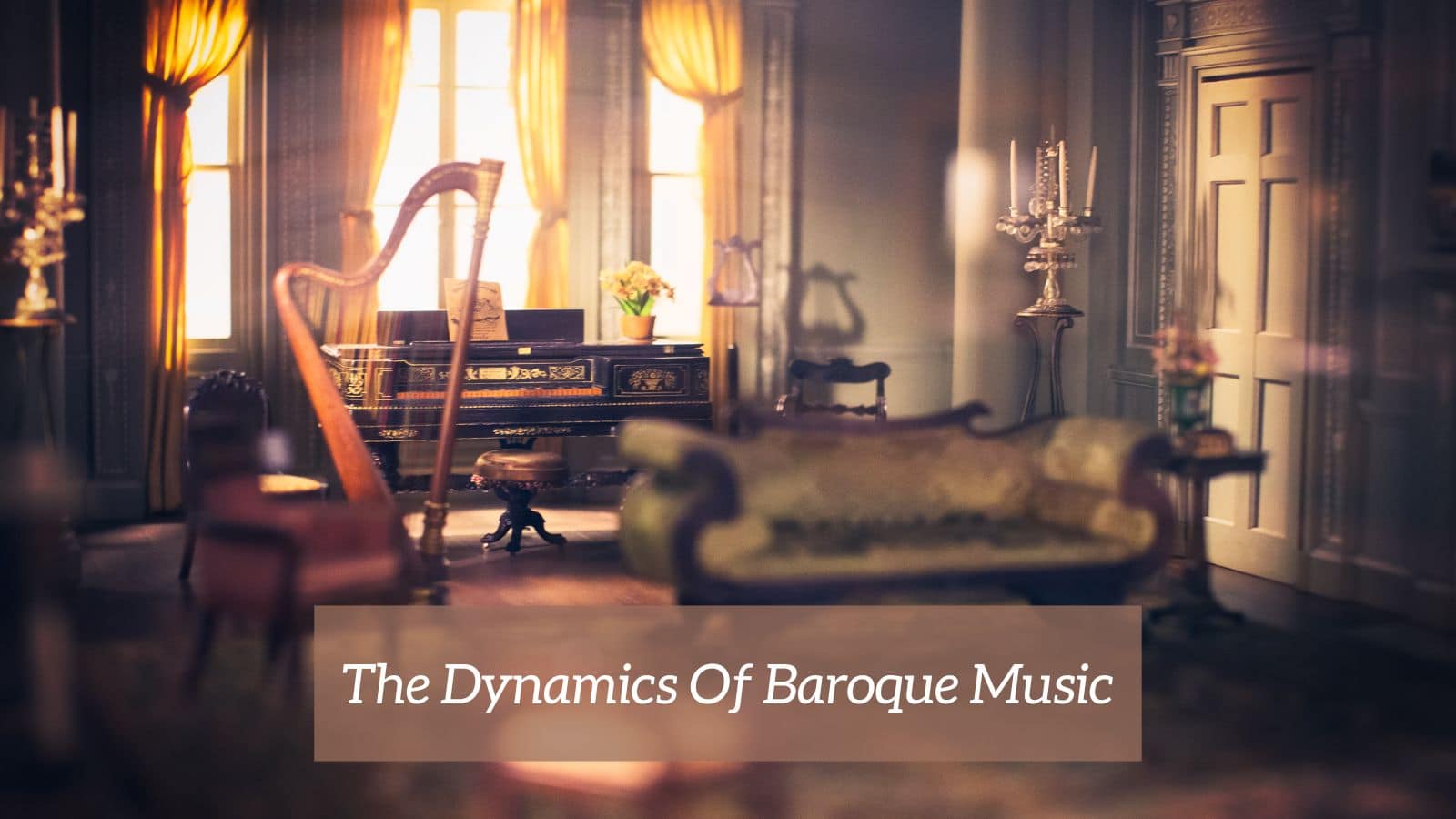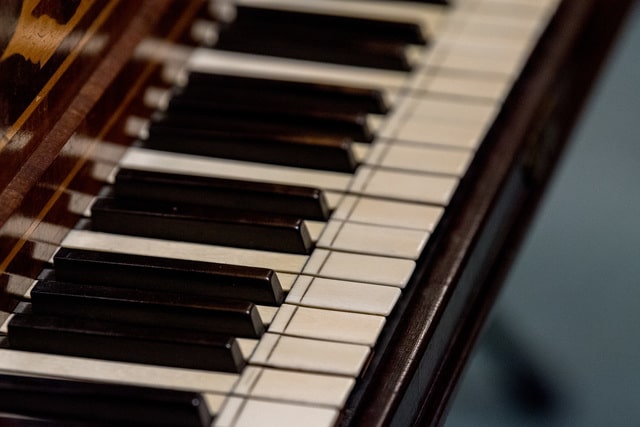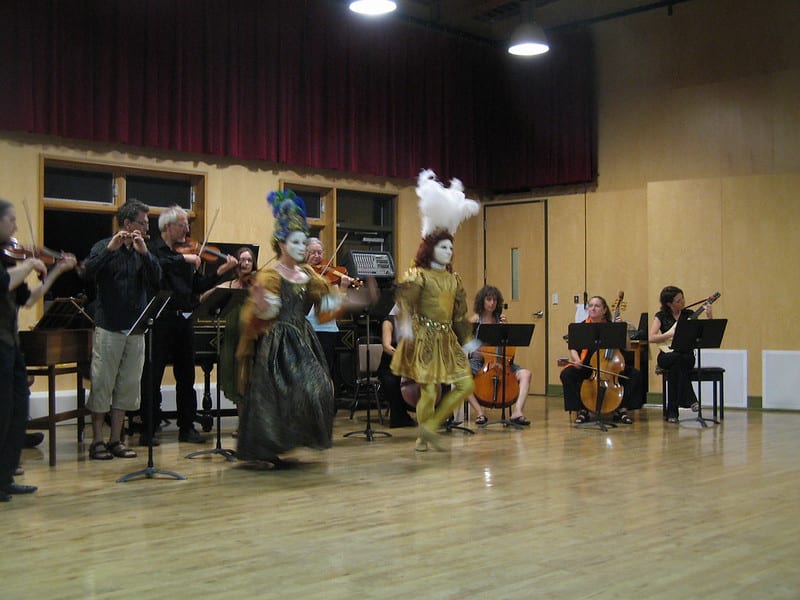
When we talk about dynamics in a musical context, we are referring to changes in volume.
This as you will probably already be aware, entails every aspect of change from soft to loud, the reverse of that and everything in between.
Dynamics often bring a performance to life and have formed a central and very natural part of any performance regardless of era. It is not dissimilar to the rise and fall of volume in ordinary conversation, or perhaps more audible in a speech.
The notation of dynamics in music has broadly remained unchanged for several hundred years.
Composers and performers are adept at using Italian words such as piano to indicate quiet or soft playing, and in contrast, forte to indicate strong, louder playing.
The use of these dynamics, in notation, is something we take for granted today but has not always been the same.
We do not have any recordings from the Baroque Era. More is the pity. Wouldn’t it be fascinating to hear how JS Bach played the organ?
What we do have are scores from this era of music and some accounts of performance practice that go quite a long way to answering the question posed by this article.
Dynamics Of Baroque Music
At the first glance of a score from the Baroque era, you may be forgiven for assuming that performers played everything at the same volume with no dynamic subtlety at all.
Dynamic markings in many Baroque scores are not in any way as dominant a feature of the score as they became by the Romantic period.
This naturally doesn’t mean no dynamics were used in the performance of Baroque music.
If you take a speedy survey of some key Baroque composers such as Antonio Vivaldi, George Telemann, JS Bach or Henry Purcell, you will in their manuscripts very few dynamic markings.
In some editions of Baroque music, you may well encounter editorial dynamic markings that have been placed where the editor considers the most appropriate place to be.
In most cases, these decisions will have been carefully made alongside thorough academic research.
As a performer, however, you need to undertake a little of your own research into Baroque practices to best choose how you perform each piece of music.
In the Edition Eulenberg (1927), of the JS Bach ‘Brandenberg Concerto No.1’ in F major (BWV 1046), the second movement is marked Adagio e sempre piano. (Slowly and always softly).
In the final four bars of this movement, the dynamics switch almost by the bar from forte to piano.
In another edition by Alfred Dürr (Urtext Edition), the dynamic markings are the same indicating that JS Bach probably wrote these into his manuscript, not the editor.
As the Brandenburg Concertos were composed towards the end of JS Bach’s life he may have been notating dynamic changes more often than in earlier works.
In the scores of Antonio Vivaldi, we find a similar scarcity when looking for dynamic markings.
His famous Concerto Grosso ‘The Four Seasons’ notably includes dynamic changes in the performances one hears that bring the music to life and underline the dramatic thrust of the music.
These dynamics are generally not written in the score except for a few piano and fortes at key moments throughout the four concertos.
These two little examples illustrate a pattern of practice adopted by Baroque composers. Why was this the case? There are several aspects to consider.
Keep in mind that the Baroque period roughly covered the years 1600 – 1750. During these 150 years, much changed in terms of musical conventions.
One key area of change was in the development of instruments. With these developments, instruments became more sophisticated and capable of producing a wider range of pitches, dynamics and timbres.
At the centre of the Baroque world were instruments like the harpsichord, the violin, the cello, flute, natural trumpet and horn.
The harpsichord for example can only play at a relatively soft dynamic or more full-throttle closer to a forte.
The string family certainly were more capable of producing a broader range of expression, especially with the transition from the Renaissance viol to the violin.
Composers were therefore limited in their options when it came to notating expressive dynamic markings in their scores, instead preferring it to be left to the discretion of the performers.
Composers would also have directed their ensembles in the way they wanted their music performed during any available rehearsal time.
Sometimes this was very little and performers, often underpaid, would not respond well to being told how to play.
Baroque composers had another tool in their compositional armory: texture. What this means is that if they desired a section of the music to be played quietly they would reduce the number of performers playing.
Likewise, a strong, loud section of music would draw on the full capacity of the given ensemble. In this way, the piano and forte dynamics dominated Baroque music.
These are called terraced dynamics. What this means in performance is an often sudden and dramatic change in volume. Vivaldi uses this effect brilliantly in ‘Winter’ from the Four Seasons.
If only a few dynamic markings were present in Baroque music, how did performers know how to play or sing their parts.
There were many conventions during the Baroque period of music that performers of the time would have been well aware of. One of these was the ability to improvise.
Keyboard players for instance would read from a figured bass creating their own part from the chords indicated by the figures.
Similarly, performers most certainly reacted intuitively to the style and character of the music.
Many of the dance forms used in Baroque music were very familiar to performers of the day, and these would have indicated dynamic, expressive content too.
I have on occasions heard musicians refer to the Baroque as music that had the feel of a jazz jam session where performers are at liberty to freely express themselves through the music.
Maybe this analogy goes a little too far, but I think that this instinctive response to the music would have allowed for a great range of dynamic expression and many breathtaking performances.


